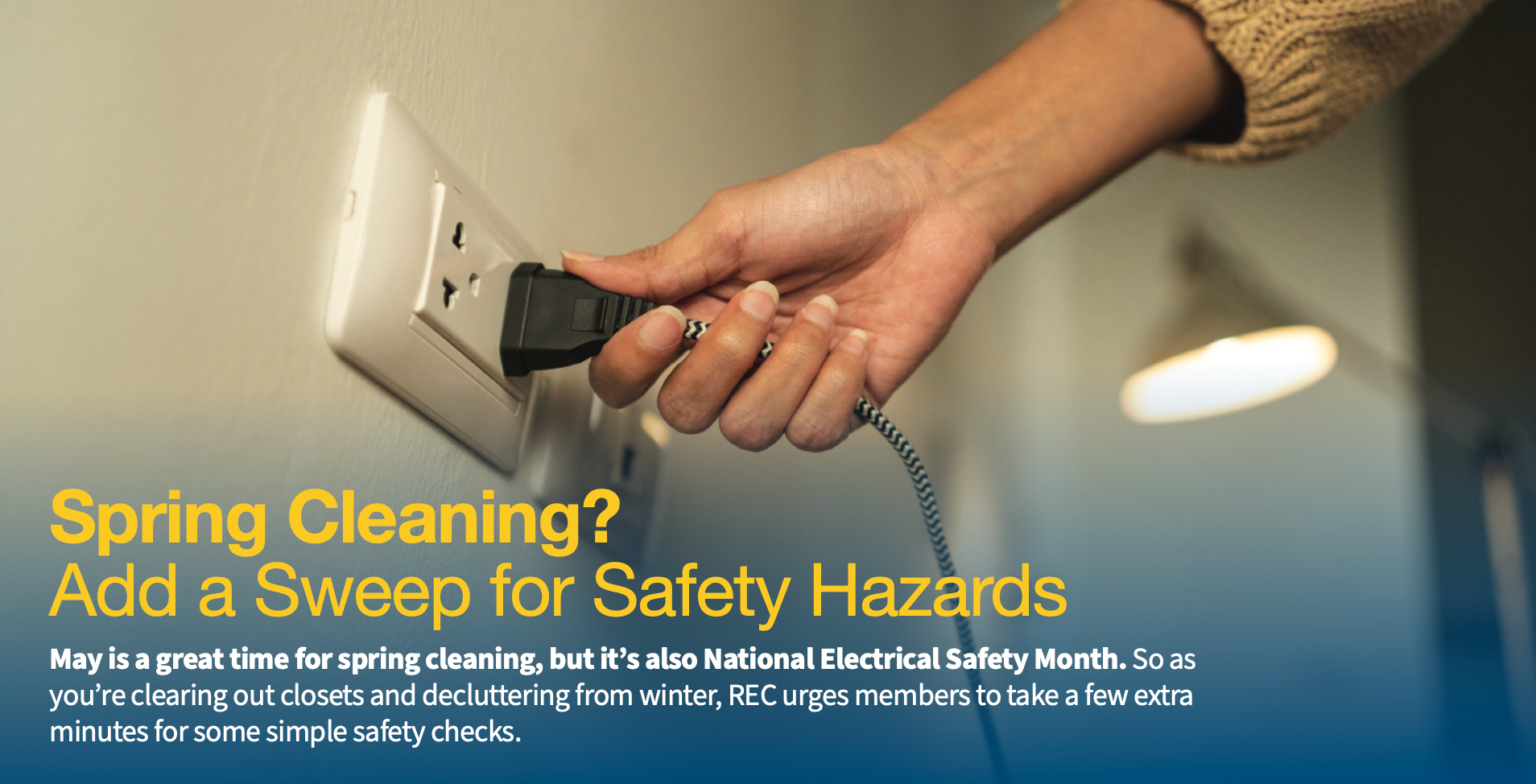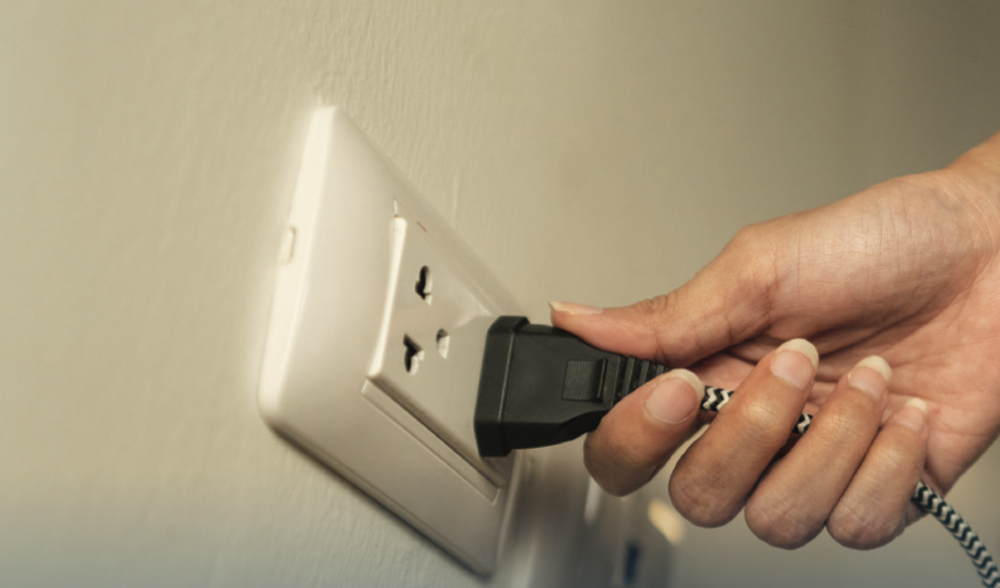Here Are Some Places To Start:
Ground Fault Circuit Interrupters (GFCI)
- Outdoor outlets or those in potentially damp locations in a kitchen, bathroom or laundry room often include ground fault circuit interrupters.
- They are designed to sense abnormal current flows, breaking the circuit to prevent potential electric shocks from devices plugged into the outlets.
- The average ground fault circuit interrupter outlet is designed to last about 10 years, but in areas prone to electrical storms or power surges, they can wear out in five years or less.
- Check them frequently by pressing the red test button. Make sure you hit the black reset button when you are done. Contact a licensed electrician to replace any failing outlets.
Loose or Damaged Outlets or Switches
- Unstable electrical outlets or wall switches with signs of heat damage or discoloration can offer early warnings of potential shock or electrical fire hazards.
- Loose connections can allow electrical current arcing.
- If you see these warning signs, contact an electrician.
Surge Protectors
- Power strips with surge protectors help safeguard expensive equipment such as televisions, home entertainment systems and computer components from power spikes.
- Some surge protectors include indicator lights that flicker to warn you when they’ve stopped working as designed, but many do not.
- If your electrical system takes a major hit, or if you don’t remember when you bought your surge protector, replacement may be the best option.
- Did you know REC offers a service that covers the costs of repairing or replacing electrically powered devices in your home that have been damaged by an electrical surge? Learn more at myrec.coop/surgeassist
Extension Cords
- With a growing number of electrical devices connecting your family to the electricity you get from REC, having enough outlets can be challenging.
- Remember, extension cords are designed for temporary, occasional or periodic use.
- If an extension cord gets noticeably warm when in use, it could be undersized for the intended use.
- If it shows any signs of frayed, cracked or heat-damaged insulation, it should be replaced. If the grounding prong is missing, crimped or loose, a grounded cord will not provide the needed protection.
- And always make sure that extension cords used in outdoor or potentially damp locations are rated for exterior use.
“It’s easy to overlook electrical hazards — especially ones we might have ignored for months or even longer,” said John Medved, Director — Safety and Security Officer. “But please take time to address any
potential hazards before they cause an accident or injury.”




